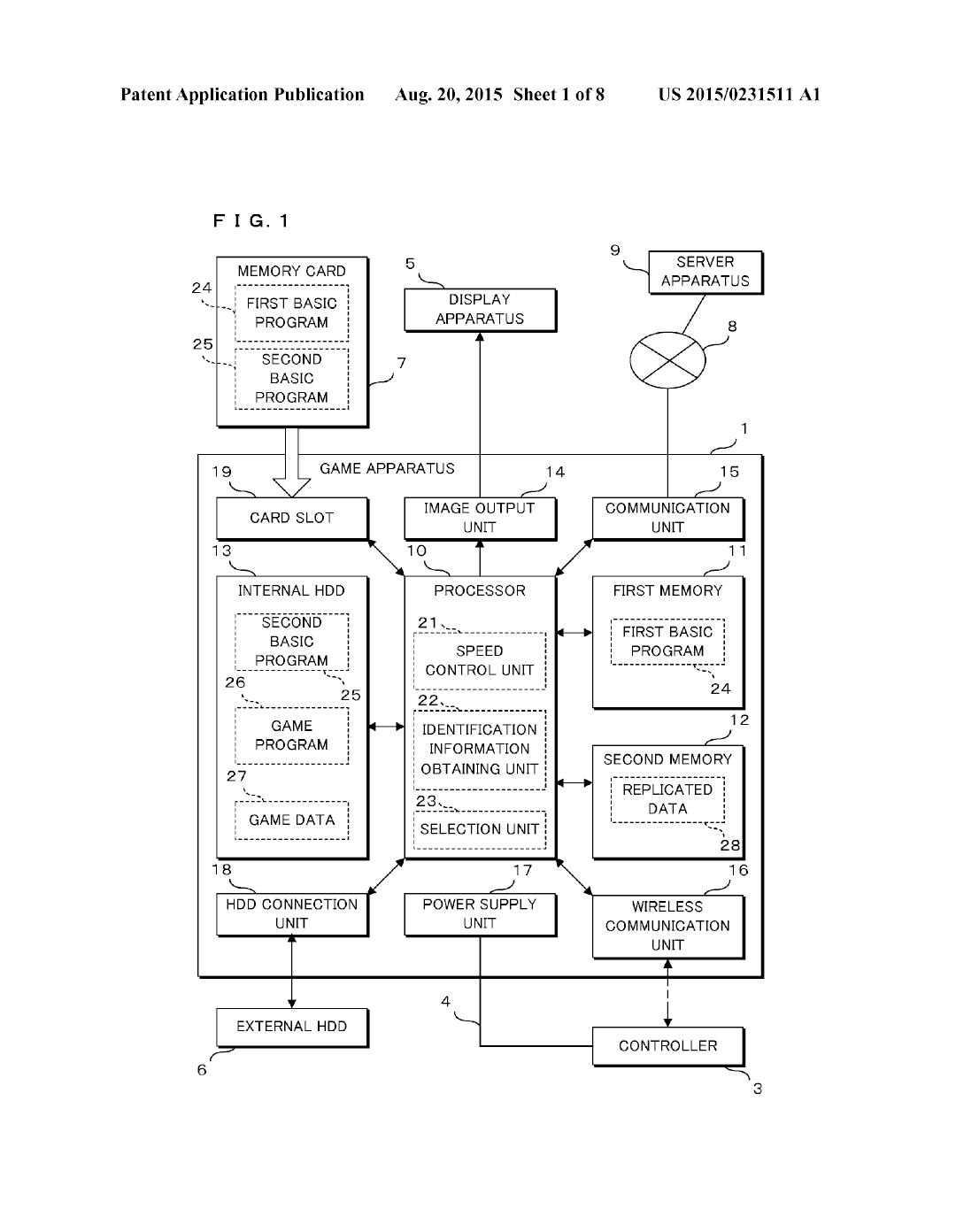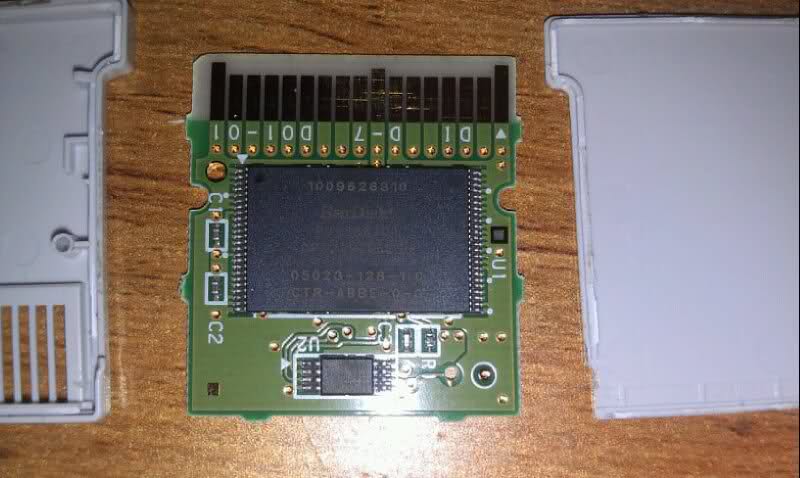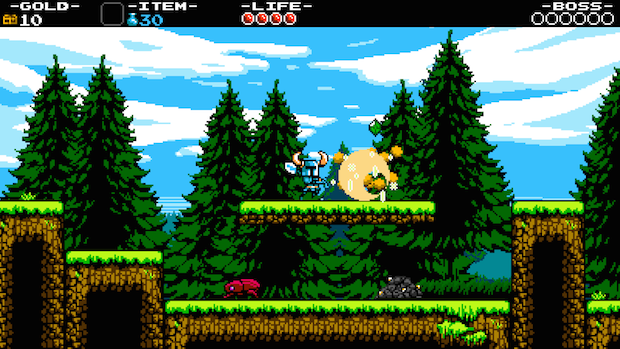
Earlier today, we reported that Nintendo is planning on releasing a disc less console, at least according to some patent filings. For a while, it was easy to be scared- remnants of Microsoft’s disastrous Xbox One reveal, which was initially pitched as a digital console, returned, and the fear was that with Nintendo, it would be worse. Not only does Nintendo have a complete inability to actually offer online services properly (although with the hiring of DeNA for the Nintendo Network on NX, that might change), but their DRM is draconian- your purchases are only ever tied (either directly, or by proxy) to one system, and if you were to lose that system, or if it were to stop working, your purchase is technically lost forever.
Nintendo has promised to move to an accounts based system with the NX rather than a device based one, but even with the best account policies in the world, a fully digital console would be an issue. Game prices would be entirely to Nintendo’s discretion (and we already know the issue with Nintendo game prices rarely dropping at retail), selling or buying used games would become impossible, as would borrowing, lending, or renting games. On a more macro level, Nintendo’s system would end up having no retail presence, and it would lock itself out of any household that does not have a high speed uncapped broadband connection- which is most families in the world.
So while we were mulling over the prospect of an all digital Nintendo console, a new fact came to light- the mysterious ‘memory card’ slot. For a minute, it was easy to dismiss this memory card slot as being something for, say, an SD card or some other form of expandable storage. But that made no sense- the patent already had embedded storage within the console; why have additional SD card storage?
"The patent in question; note the absence of any kind of disc drive apparatus."
Then, also, was the fact that the memory card port was drawn in a section of the system labeled as the ‘game apparatus.’ This was our first insight into what Nintendo might be planning with this patent, for the NX- a move away from disc drives, sure, but that does not necessarily imply an all digital console. Far from it.
Nintendo as a game designer has been known to focus on some things above all others- they want immediate accessibility of games, without mucking around with console BIOS or UIs much; as a corollary, they dislike long loading times. Nintendo also want flexible storage media, one which nonetheless gives them enough control over the process as to be able to counter piracy. And finally, yes, they do want control over their own medium, which they cannot have with an optical format.
All of this was best represented by Nintendo’s stubborn refusal to move on from game cartridges, which they used as far as 2001 on the Nintendo 64, even as the rest of the industry was transitioning to the second generation of optical disc consoles. Even when Nintendo ultimately adopted the optical disc with the GameCube, they did so with a proprietary miniDisc format, which made it possible for them to retain control and emphasize low loading times.
With the NX, it seems they want to return to using cartridges, though of course, these cartridges would be very different from the ones used in older Nintendo systems. Older Nintendo systems, such as the Nintendo 64, used integrated ICB cartridges. An ICB cartridge is a type of read-only memory (ROM) whose contents are programmed by the integrated circuit manufacturer (rather than by the user). This means that a cartridge of this sort is essentially a brand new circuit board plugging into the one on board your console, interfacing with it.
"Older Nintendo cartridges were, more than anything else, full fledged circuit boards that interfaced with your console, and sometimes even augmented it."
Modern cartridges, such as of the sort that Nintendo uses with the DS, DSi, and 3DS, or even Sony with the Vita, are far different. Similar more to an SD card than anything else, these Mask ROM cartridges are nonetheless small ROM circuit boards that use EEPROM or flash memory to save user data, or, in extreme cases, additional content. Because of the similarity of modern cartridges with flash storage such as SD cards, they have numerous advantages over traditional mask ROM cartridges- they are smaller, they offer far more storage space than traditional cartridges, and unlike traditional cartridges, they are extremely cheap to manufacture and distribute (though they remain more expensive than optical discs).
This kind of a modern cartridge is exactly what Nintendo may be going for with its NX system- and there would be multiple benefits for Nintendo, with almost no downsides, if they do.
For starters, a quick crash course recap of what the NX is: the NX refers to a shared platform that will become the basis for both, the new Nintendo handheld as well as the new Nintendo console. The console and handheld will therefore have intercompatibility with each other, and allow Nintendo and third parties to develop a game once and have it out for effectively two systems.
The benefits of a cartridge format are immediately apparent when one considers the problem in this light- this means that a consumer has to buy a game once and it works for both of their systems, the NX console as well as the NX handheld. This has so far been possible on Xbox, PlayStation, and even Nintendo, but it has been possible only digitally- having a common media between the two systems would make it so that it would also hold true for physical games.
"A modern cartridge would offer multiple benefits- such as Cross Buy for physical games between the NX handheld and the NX console."
Such cartridges would offer numerous other benefits as well- of course, we would return to faster, almost immediate loading times, as well as the indestructibility of the format (meaning that it can be more easily marketed to younger children, who do form a massive bulk of the Nintendo audience). They would also remove the necessity for a disc drive, which has a massive working profile, and can increase the size of a games system all by itself.
But what about the costs? After all, the massive costs of cartridges compared to optical media is what caused the industry to abandon them in the first place, right?
That still admittedly holds true- modern cartridges are far cheaper than the behemoths that were used from the NES to the N64, but they are still more expensive than optical formats. That said, they are not expensive enough for it to actually be an issue anymore. Consider, for instance, that you can today purchase a top of the line 32GB SD card for less than $20- Nintendo purchasing their cartridges in bulk, coupled with massive economies of scale, would drive these costs down significantly. Nintendo could also further subsidize cartridge costs by swallowing some of the manufacturing costs themselves, if not to ensure parity with disc format licensing fees, than at the very least to keep them in the same ballpark.
They can also turn this around, and into an advantage for themselves. Consider that, unlike a DVD or a Blu Ray Disc, cartridges have variable storage space (currently, flash memory starts at 2GB and goes all the way to 512GB). Essentially, they could offer lower (or even free) licensing for smaller cartridges, and then scale up licensing for bigger carts.
This would endear Nintendo to one specific group of developers- the indie game developers. Nintendo have made massive strides in appealing to independent game developers of late, and the fruits of that are finally beginning to show, there is no changing the fact that Nintendo still has to contend with the extremely low and apathetic install base of the Wii U, the poor hardware of the 3DS, and the general stigma of over a decade of Nintendo’s hostility to independent game developers, all of which has been impeding progress and making it slower than it should be.
"Using cartridges could be the key to Nintendo securing more indie game support."
However, consider the scenario on the NX where Nintendo could offer a 1GB/2GB cartridge for either absolutely free, or for just pennies- far cheaper than the typical disc. Essentially, Nintendo could make it possible, then, for independent game developers to have an actual retail presence (and therefore, a far broader reach) on their systems, something that Sony and Microsoft simply cannot offer, because they are beholden to the disc format. This would mean more games would be available at retail for Nintendo’s system, and it would also mean that we could have variable tiers of pricing- a game on a smaller cartridge could cost as little as $15, while larger games would cost more (though presumably never more than $60).
This would make the NX a hotbed for smaller developers, and give Nintendo the kind of push that it needs for indie development on its systems. Theoretically, it could also lead to loads of indie game exclusives for Nintendo’s systems that it could then use to push the NX further.
What about AAA publishers, though? Licensing a 32GB cartridge would be more expensive for them than a Blu Ray disc would have been, but the cost per unit would be negligible- something that they could easily swallow, given enough of an active install base on the NX that they could potentially market to. That, in addition to the fact that a single license would technically permit them to sell a game to two install bases instead of just one (assuming interoperability of cartridges between handhelds and consoles) would functionally halve the licensing fee- meaning it might even possibly be lower on a per system basis for the NX than the disc based licensing is on the PS4 or Xbox One.
Cartridges would also have the intriguing advantage of allowing scaleable assets- the same cartridge could have the same asset in variable qualities, and it would either scale down (if it were being played on a handheld) or scale up (on a console). This would, again, make sense, given what we do know of Nintendo’s intentions with the NX. It is not a pipedream fantasy either, as we have already seen Nintendo attempt this- Monster Hunter 4 Ultimate on the 3DS has significantly worse assets and picture quality on the older 3DS systems, than it does on the New 3DS line, where assets are significantly scaled up.
Cartridges are also, ironically enough, more future proof than discs are. As mentioned before, cartridges are of variable size, where discs are stuck to one storage size offering until they are replaced by successor formats. Cartridges, on the other hand, are variable, and newer and bigger size cartridges continue to be developed all the time (which has the further effect of pushing down prices of existing storage sizes further- so a theoretical 1TB cartridge would, for example, make the 512GB cartridge much cheaper).
"The original Star Fox was possible on the SNES only because the cartridge allowed Nintendo to augment and extend the capabilities of the console- something like this could become possible again if the NX were to use cartridges."
What this means is that as game sizes continue to grow and evolve, the NX would be the one system, with its cartridges, that would permit game makers to not have to worry about space constraints. Discs are forever stuck to one size, and even as larger capacity discs are developed, they are incompatible with previous generation players, because of differing wavelengths required to read and access the stored media. Short of licensing more than one disc per game, game makers would have no recourse on other systems, even as they would on the NX.
The benefits of cartridges don’t even end there- cartridges would offer less moving parts (meaning Nintendo consoles would become more durable, like they used to be), and, in the best, ideal case, extensibility of the console via the cartridge, similar to say, the SuperFX chip with the SNES, meaning that even the console (or handheld’s) specs would not provide a limit to what could be achieved on the NX- the capabilities of the system could be augmented by further chips and hardware on board the cartridge.
Ironically, then, it appears as though cartridges are the future. They might be an old school blast to the past, but going with them might also be an unusually prescient move. In choosing cartridges, Nintendo may be leapfrogging the competition, and regaining all the lost mindshare with developers that has cost them so dearly. It might also mean that Nintendo systems would become the hotbed for game development that they used to be, once, long ago.
And all it would need is the realization that the key to the future lies in the past.


















